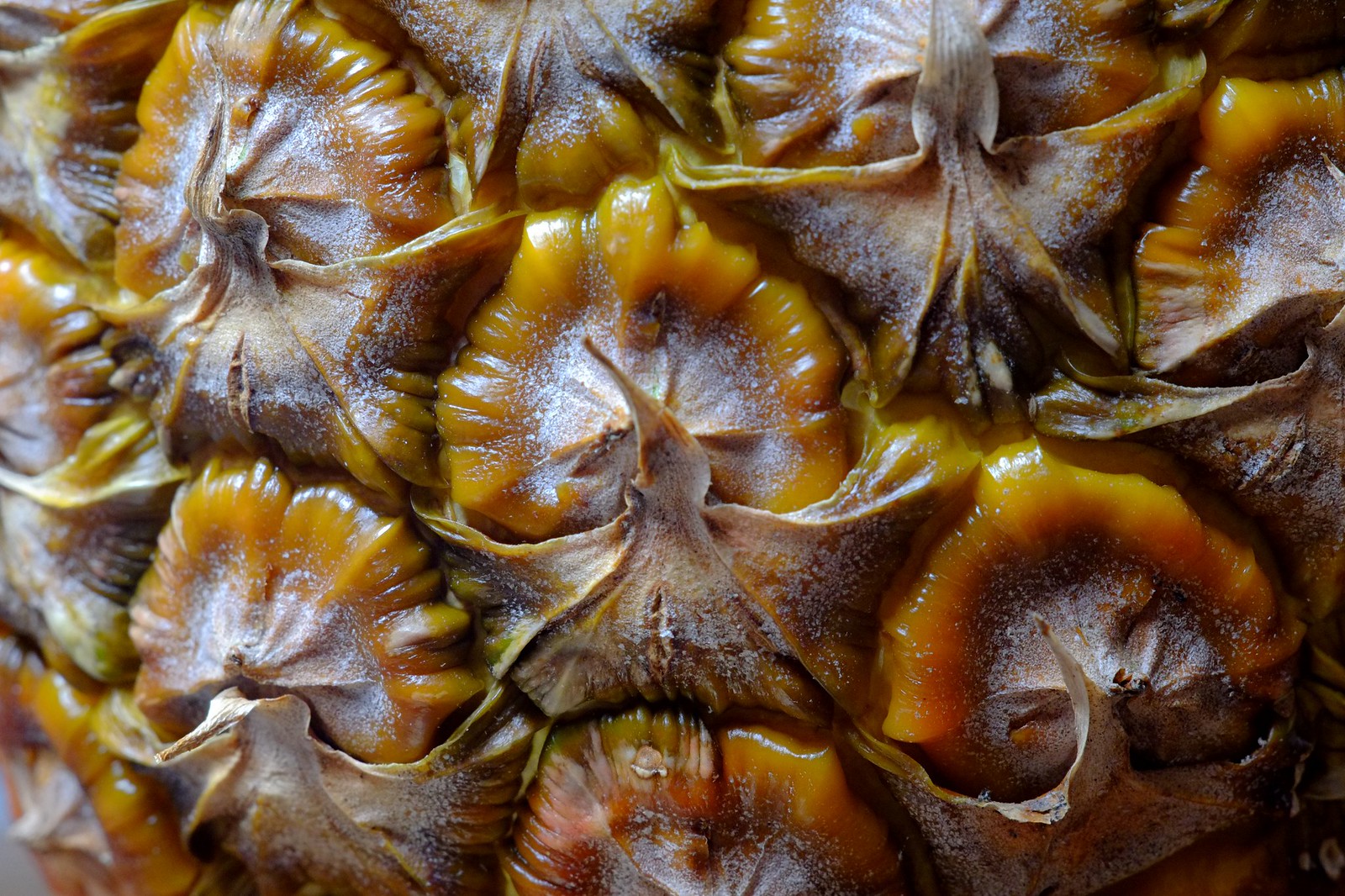mani
Well-known
There are probably too many variables to a question like this, but I’m interested whether modern digital macro lenses - in this case made specifically for m4/3 - are better or worse than older manual lenses, made for ‘full-frame’ film cameras?
Seems to me the full-frame lens, used with an adapter, would only be using the ‘sweetspot’ central part of the lens, and should therefore exceed the performance it had on a film camera, and therefore be at least as good as a digital, AF macro lens?
Does this sound reasonable?
Seems to me the full-frame lens, used with an adapter, would only be using the ‘sweetspot’ central part of the lens, and should therefore exceed the performance it had on a film camera, and therefore be at least as good as a digital, AF macro lens?
Does this sound reasonable?


